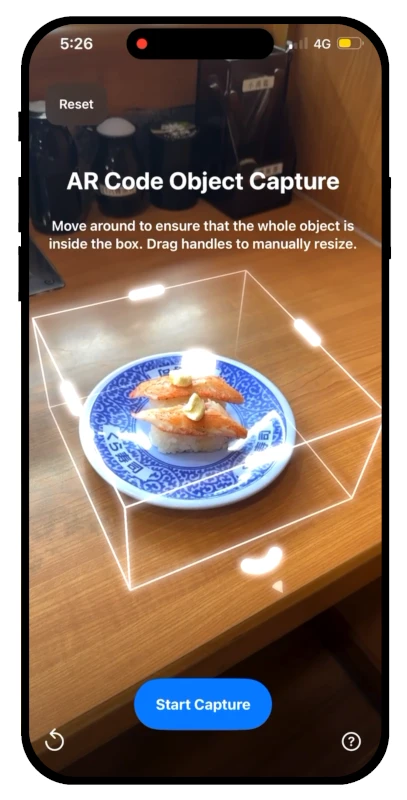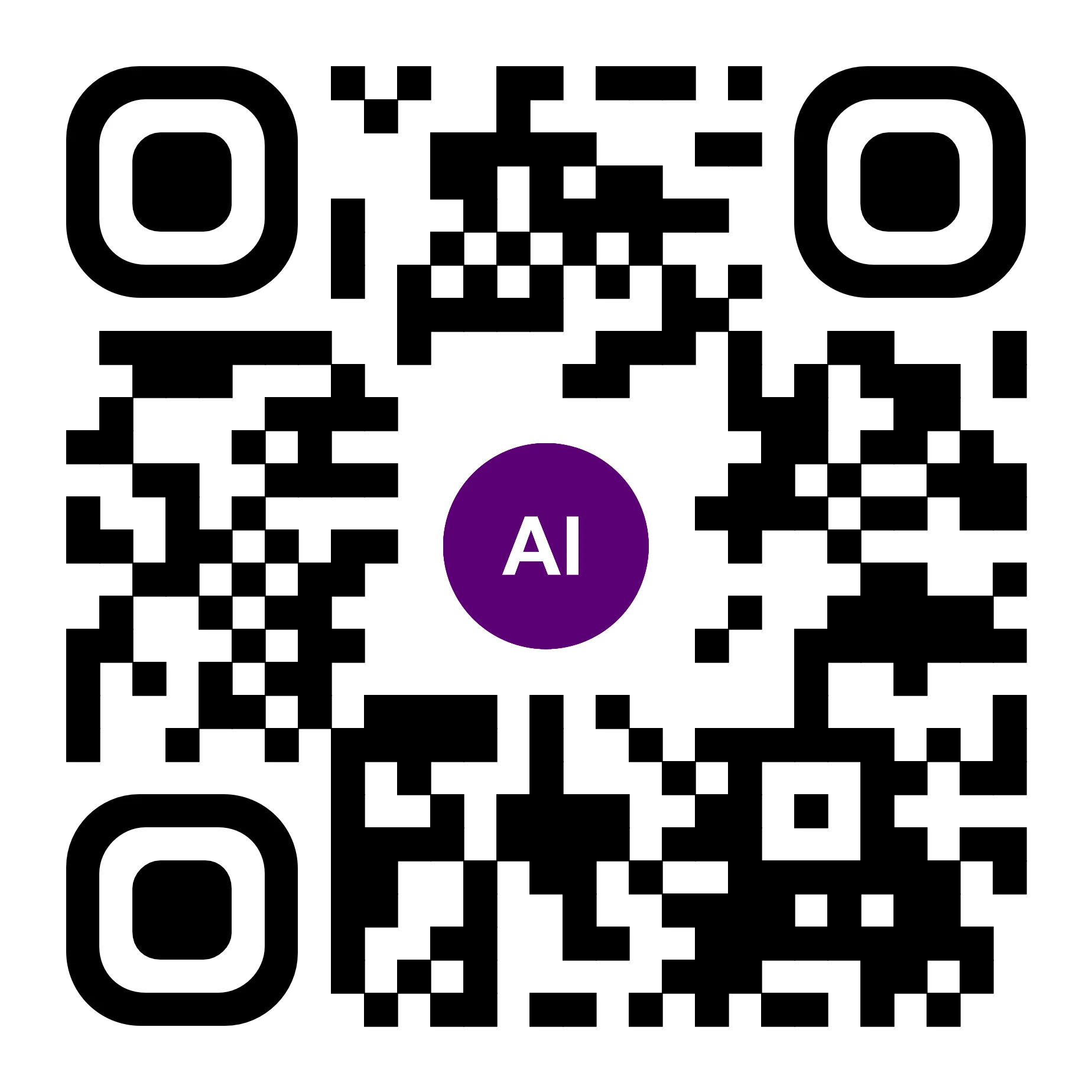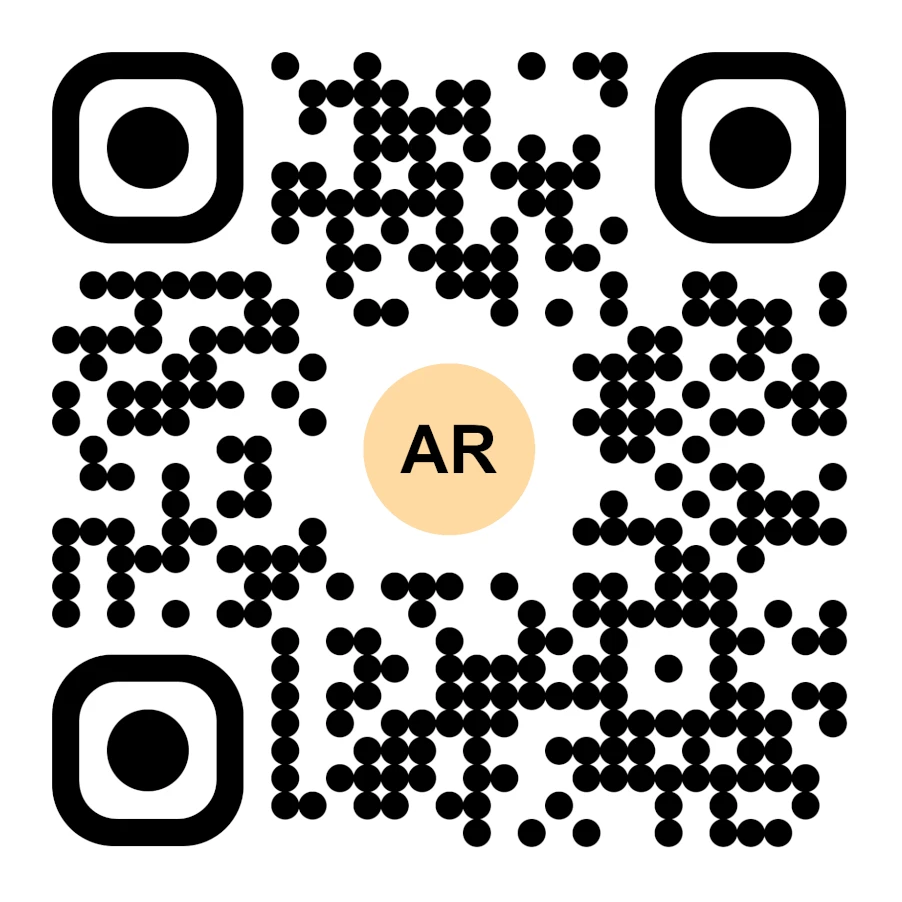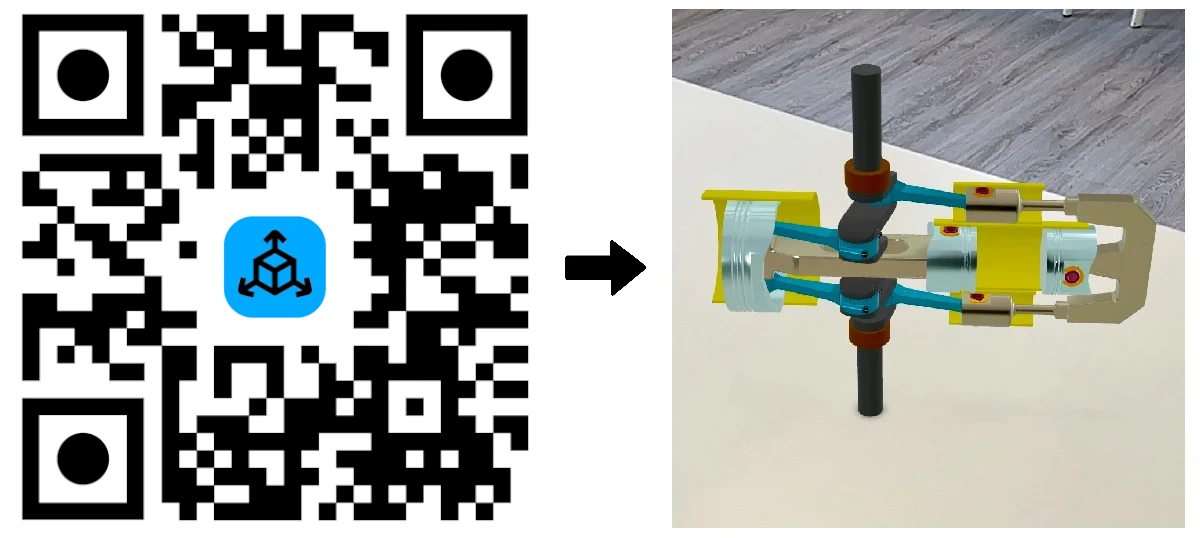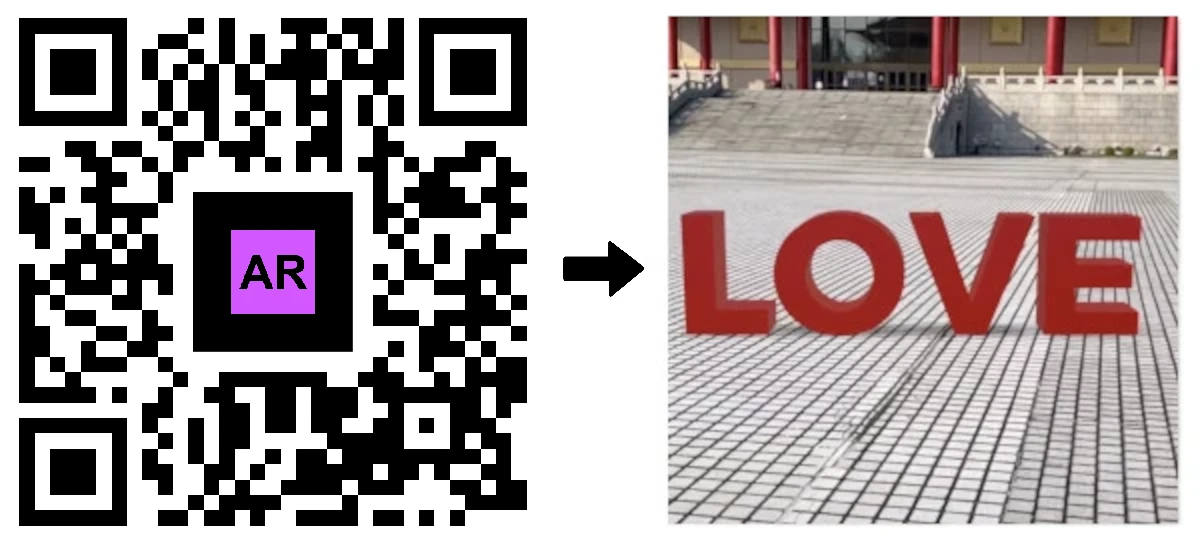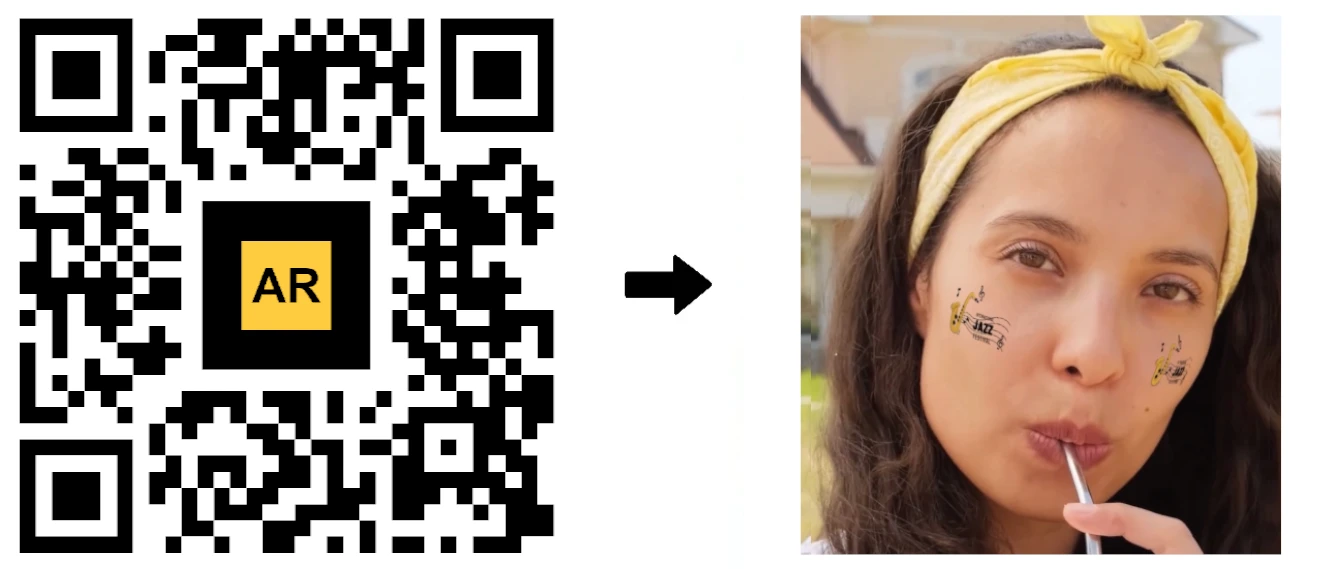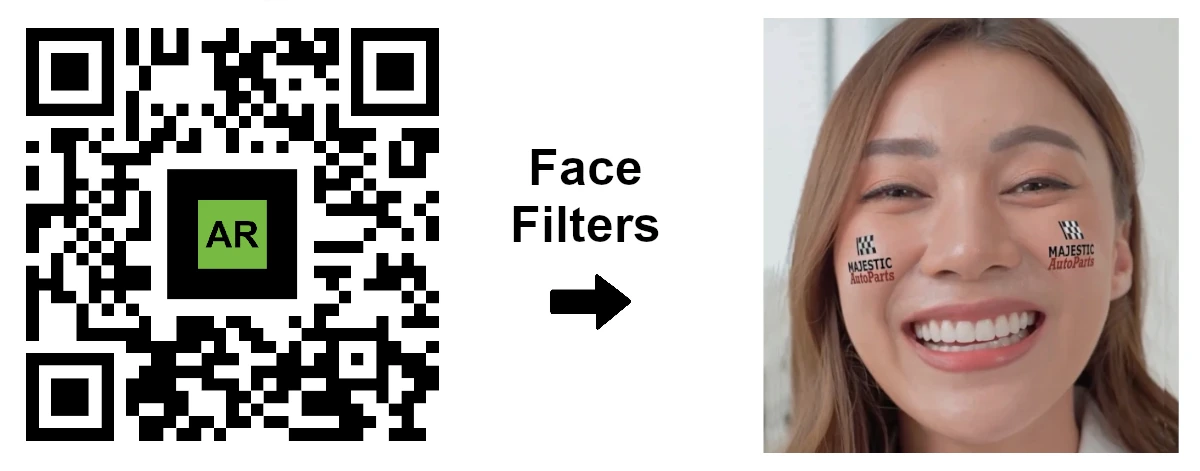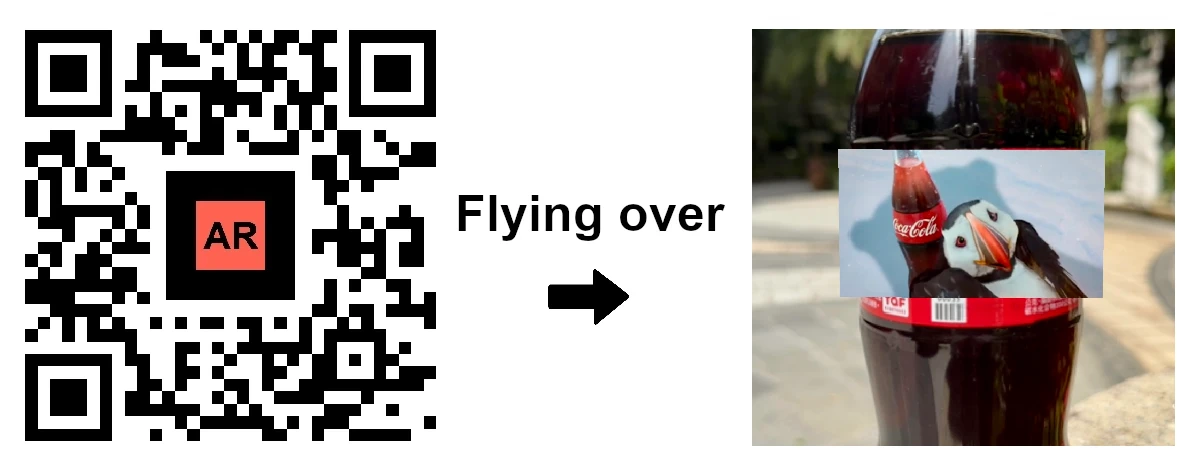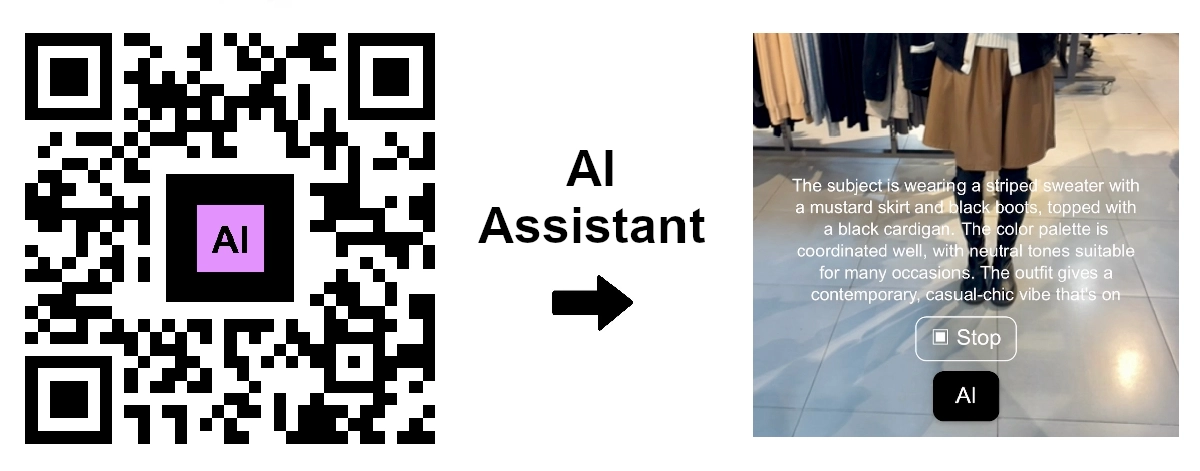What is the difference between a QR Code and an AR Code?
QR Code Tech | 01/08/2025 |
QR Codes gained fame in the early 2000s, offering a versatile solution for payments, information access, and event entries. As businesses aim to enhance user interaction, embracing AR Codes as part of their digital strategy can set them apart.
The Evolution of the QR Code
In 1999, the QR Code was introduced by Masahiro Hara of Denso Wave as a tool for the automotive sector. Thanks to open patent rights, QR Codes became widely embraced, especially in Japan, where mobile phones with built-in scanners paved the way for this technology to spread throughout Asia.
QR Codes gained popularity globally in alignment with smartphone adoption, driving usage in both Europe and the US.
Major smartphone systems like Apple's iOS now offer native QR scanning features. For instance, iOS devices have a dedicated scan button.
While the US and Europe are catching up, Asia has long utilized QR Codes for diverse functions ranging from web access to consumer data storage.
In today's fast-paced world, QR Codes in Asia are pivotal for shopping, social networks, and augmented reality experiences.
From the QR Code to the AR Code
The concept of QR Codes has been revolutionized to accommodate evolving digital needs, leading to AR Codes. These innovative tools serve as digital gateways in today's tech landscape.
QR means Quick Response and its versatility spawned developments like bcode, BEEtag, and Apple's App Clips Code.
From basic website redirection in web 1.0 to our social media and e-commerce era, their role is expanding. AR Codes are the next step, offering a new dimension in digital interaction by anchoring augmented reality experiences.
With the Apple Vision Code on the horizon, spurred by the Apple Vision headset, innovative features like App Clips Codes are already reshaping user interaction by downloading mini-apps with a simple scan.
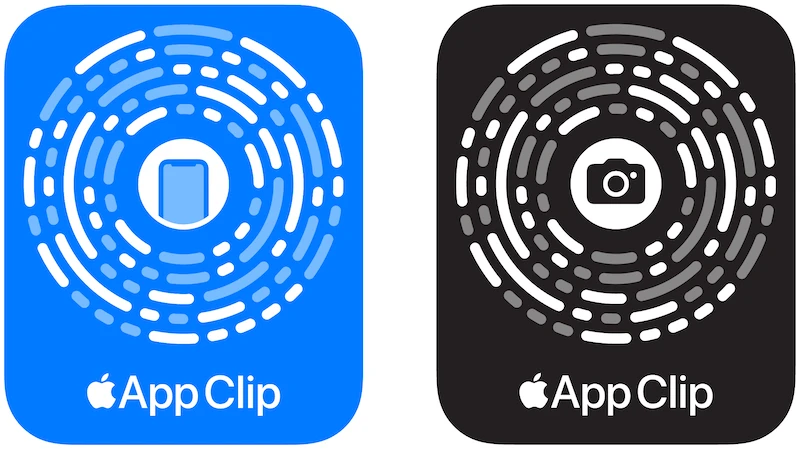
What's Augmented Reality?
Augmented reality (AR) transforms perceptions, overlaying digital enhancements onto the physical world. This technology enriches user experiences by blending virtual elements with the real world, creating rich, interactive environments.
Core AR components include:
-
AR Device: With over 2 billion AR-ready smartphones, the tech landscape is poised for AR glass adoption. Industry leaders like Apple, Google, and Facebook are spearheading efforts in AR advancements, including Apple's ARKit and Facebook's metaverse initiatives.
-
AR Content: AR content spans from games to filters, with future computer and theater interfaces utilizing AR to alter social interactions. The Hololens 2 by Microsoft showcases AR's potential in social settings.
-
AR Render: Leading companies vie for AR dominance, making strides in rendering capabilities. While proprietary platforms exist, solutions like WebAR offer open-source alternatives. AR.js supports major browsers, while giants like Apple's ARKit and Google's ARCore expand the reach to billions.
-
AR Anchoring: Experience anchoring ranges from:
- Direct Environment Anchoring: Interactive AR games place displays nearby.
- Geolocation Anchoring: Specific AR content activates in city locales.
- Object Recognition Anchoring: Leverages WebAR for object and face-based displays.
- Ultra-wideband Anchoring: Future AR options akin to Apple's AirTag.
- AR Codes Anchoring: These advanced QR Codes present augmented reality experiences on diverse surfaces, like consumer goods and shop windows.
The integration of AR anchoring, content, and rendering makes AR Code a compelling solution. Scanning these codes gives users access to content via AR Cloud servers or third-party platforms.
Engage Your Audience with AR Codes
Bridging physical and digital realities, AR Codes heighten user engagement. Imagine scannable packages revealing 3D models or tutorial videos. Such interactivity not only captivates but also boosts conversions. Brands can harness 3D Files Upload, Object Capture, AR Face Filter, and AR Video for bespoke AR content.
AR Code SaaS: Explore 4 AR Renderings
Immersive AR: Adds vibrant 3D objects and animations to real-world environments.
Face Filters AR: User-friendly AR face filters with logos or images through AR Code.
Flying Over AR: Videos, 3D models, or data float above QR Codes; remotely editable.
AI Assistance AR: AI Code utilizes AI to analyze photos, providing custom insights.
Frequently Asked Questions
What are QR codes and how did they originate?
Designed to store extensive information in compact forms, QR Codes were born in 1999 at Denso Wave under Masahiro Hara, initially crafted for industry use and later popularized through open licensing.
What are App Clips Codes?
Innovative QR variants from Apple, App Clips Codes unlock mini-app experiences with augmented reality elements, enhancing user interactivity effortlessly.
What are AR Codes and how do they relate to QR Codes?
Specifically crafted for AR, AR Codes leverage the foundational attributes of QR Codes to deliver immersive augmented reality experiences, creating expansive opportunities beyond traditional applications.
141,482 AR experiences
467,454 Scans per day
116239 Creators
